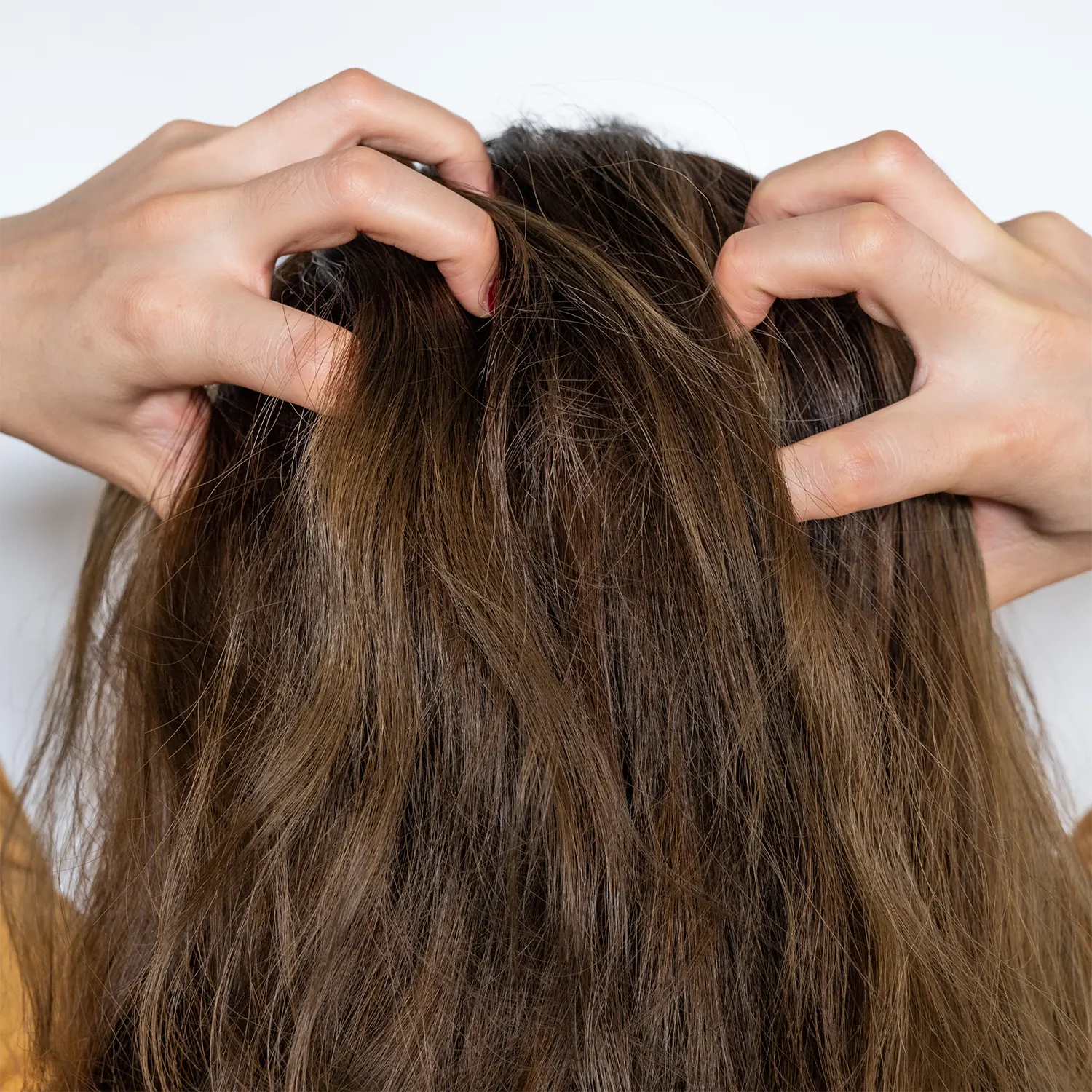
sun protection concepts
In past centuries, it was common to avoid direct sunlight. Those who did not have to work outdoors sought shade and covered their skin as much as possible. In the 1920s, however, a change began: tanned skin became a symbol of wealth and leisure. With this trend came an increase in sunburns and long-term skin damage caused by excessive sun exposure. Today, we know that our bodies need sunlight for a healthy balance - but only to a limited extent.
Why does our body need sunlight?
Sun rays promote our physical and mental well-being and have a mood-enhancing effect. UVB radiation in particular stimulates the production of vitamin D, which is essential for general health and our immune system. UV radiation can also lower blood pressure because it stimulates the production of nitric oxide (NO) in the skin - a molecule that regulates blood pressure. UV-A radiation in particular activates the release of NO reserves that are stored in the skin and blood. Since high blood pressure is a risk factor for cardiovascular disease, moderate sun exposure offers a natural protective mechanism.
What types of UV radiation are distinguished?
UV radiation can be divided into three categories according to its wavelength: UVA, UVB and UVC radiation.
-
UVA radiation (320-400 nm) is the longest wavelength UV radiation and accounts for up to 95% of the UV rays reaching the earth. It penetrates deep into the skin and is primarily responsible for premature skin aging. UVA rays are not completely blocked by the ozone layer, glass or skin.
-
UVB radiation (280–320 nm) has a shorter wavelength and only reaches the upper layers of the skin. About 5% of UVB radiation reaches the skin and can cause sunburn and DNA damage if overdosed. Studies have shown that UVB rays are also involved in the development of skin cancer. They are weakened by glass and clouds.
-
UVC radiation is the shortest-wave and most aggressive UV radiation. However, it is intercepted by the ozone layer and does not reach the earth's surface. Direct contact with UVC radiation can also cause DNA damage.
Natural UV protection of the skin through melanin
Melanin, which is produced by melanocytes in the epidermis, serves as the skin's natural sunscreen. It is responsible for tanning the skin and absorbs UV radiation, especially UVB and UVA rays. Melanin converts these rays into heat, thus reducing the radiation exposure of the deeper layers of the skin to prevent DNA damage. People with darker skin, who have more melanin, are better protected than fair-skinned people, but are not immune to skin damage caused by intense UV radiation. Although melanin reduces the risk of sun damage, it is no substitute for additional protection against intense sun exposure.
How common sunscreens work
Common sunscreens contain either chemical or mineral UV filters:
-
Chemical UV filters absorb the sun's rays and convert them into heat. These filters are not permitted in natural cosmetics and are increasingly viewed with skepticism because they can break down in the skin under UV influence and release cell-damaging free radicals. Chemical UV filters inhibit the body's own production of vitamin D. Some are also potentially allergenic or have a hormone-like effect. They accumulate in the environment.
-
Mineral UV filters such as titanium dioxide and zinc oxide physically reflect UV rays like small mirrors on the skin. These filters also inhibit the body's own production of vitamin D. They are usually used in natural cosmetics. Mineral UV filters are considered a skin-friendly alternative, but without the use of nanoparticles, they lead to an unpleasant occlusive skin feeling and a visible "whitening" at a higher UV protection factor.
Nanoparticles : With the new generation of mineral sunscreens, the whitening effect is minimized by reducing the particle size of the UV pigments to the nano range (less than 100 nm). However, this brings with it potential health risks as long-term consequences.
Long-term effects : Nanoparticles can be absorbed through damaged skin or a weakened skin barrier and accumulate in the body. Possible long-term side effects of nanoparticles such as DNA damage, inflammation of organs or cell growth disorders have already been demonstrated in animal experiments, but there are currently no long-term studies in humans or investigations into the accumulation of nanoparticles in the environment.
The 50% rule : According to EU regulations, nanoparticles only have to be labelled as "nano" if more than 50% of the particles in the product are smaller than 100 nanometres (original definition from 2011, revised EU recommendation from June 10, 2022). This so-called 50% rule means that the nano labelling requirement only applies if the proportion of nanoparticles in the product exceeds this threshold.
Plant-based sunscreen
In view of the concerns about chemical and mineral UV filters and the unresolved problem of hidden, undeclared nanoparticles under 50% in mineral sun protection products, we have opted for a purely plant-based alternative. Our Sunshine Day Oil contains neither chemical nor mineral UV filters, but organic plant oils such as karanja oil, which has a sun protection factor of around 30 and also has an antioxidant effect. Organic plant extracts from amaranth, schizandra, rosemary and sea buckthorn reinforce the powerful antioxidant effect and help protect the skin from damage caused by ultraviolet and infrared radiation.
The Sunshine Day Oil is ideal as a basic sun protection when sunbathing or doing winter sports in the snow. An additional mineral sunscreen with a high sun protection factor is recommended on top to further increase UV protection.




